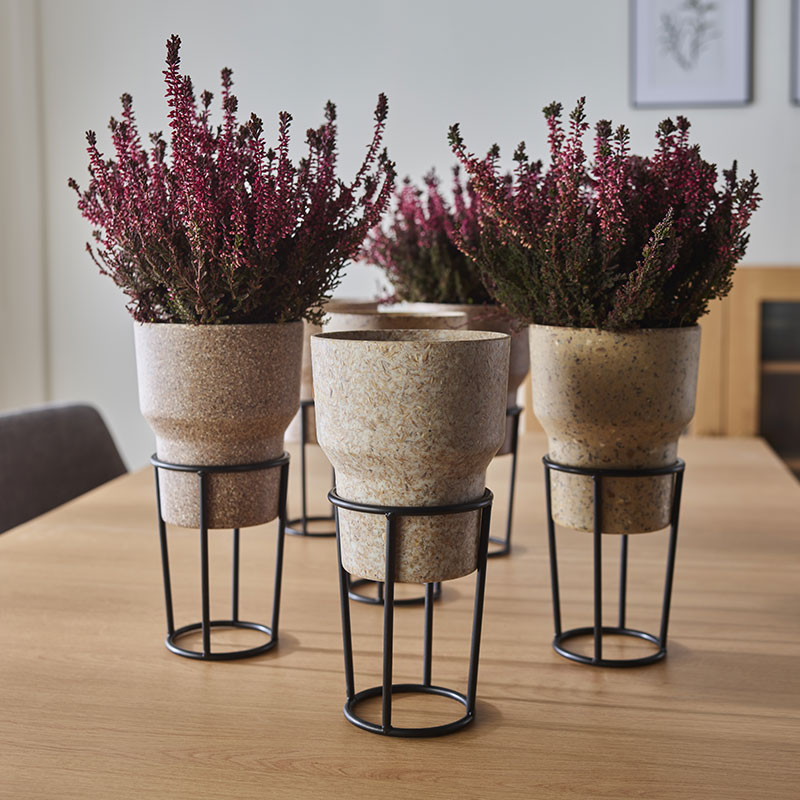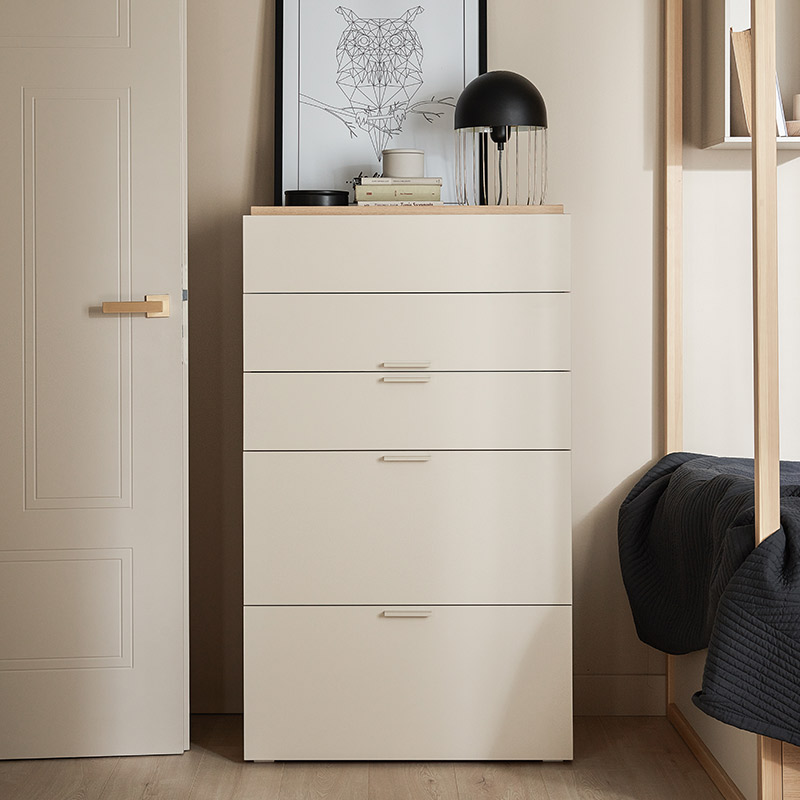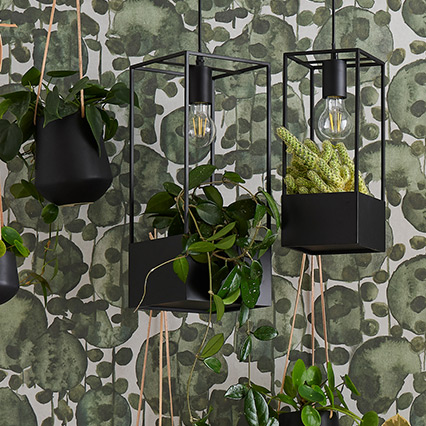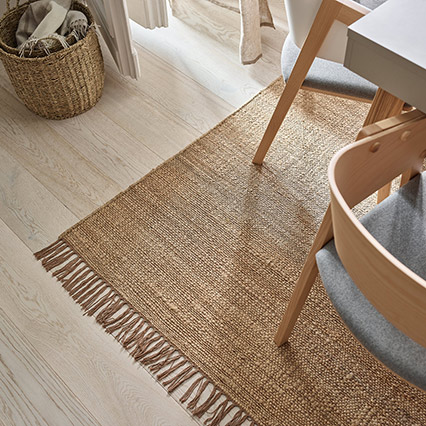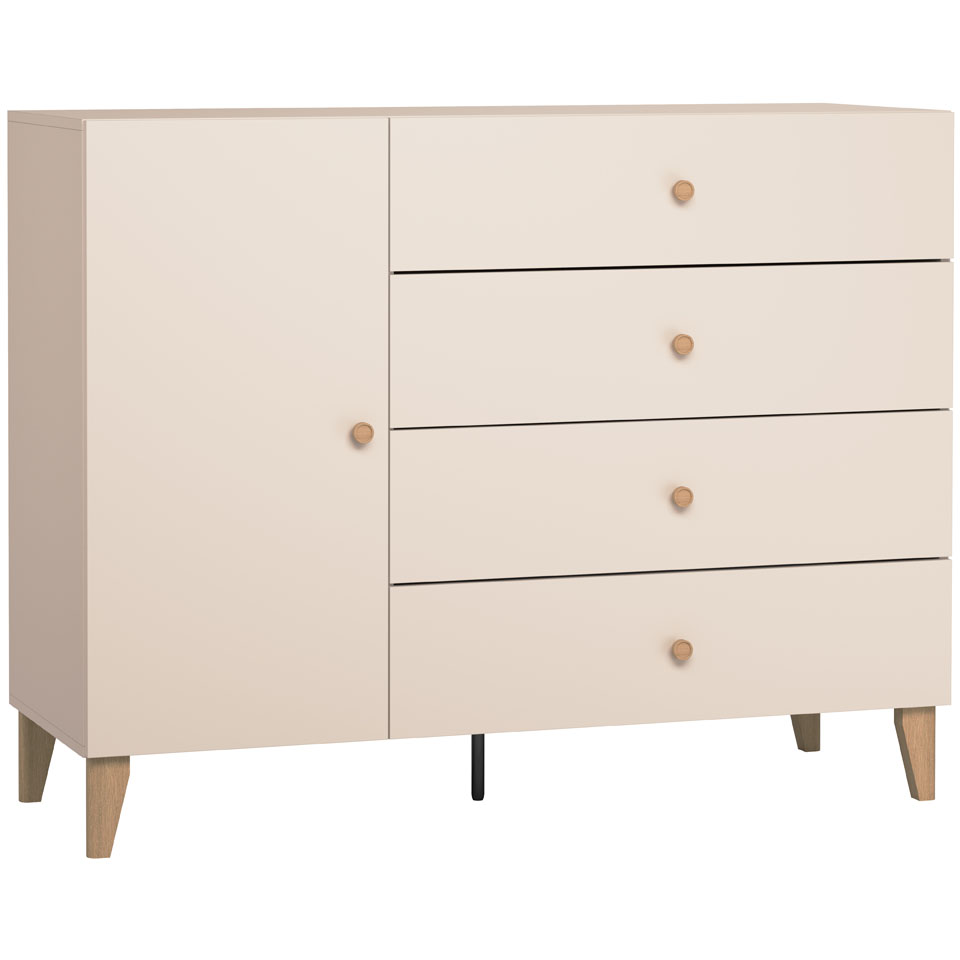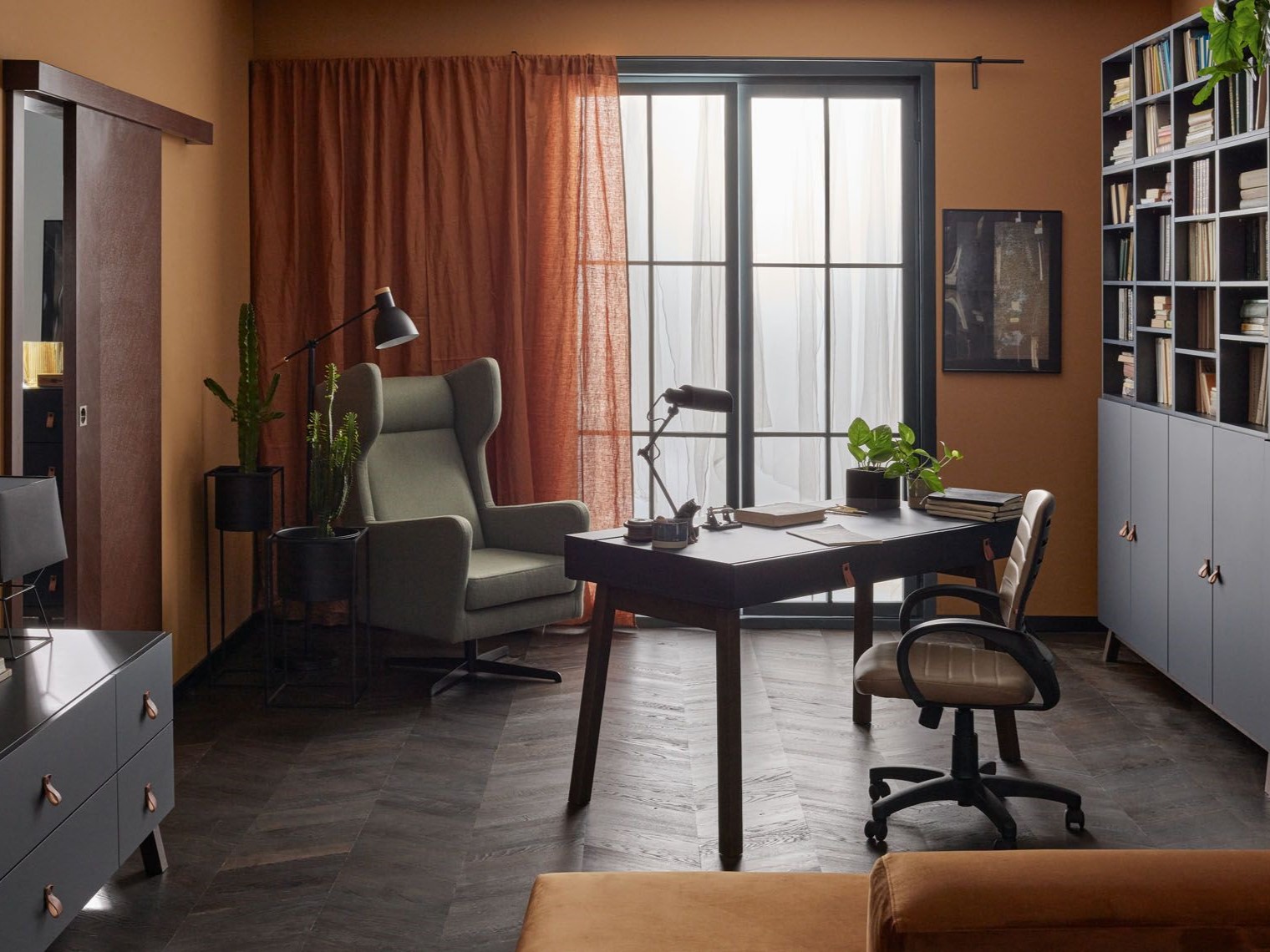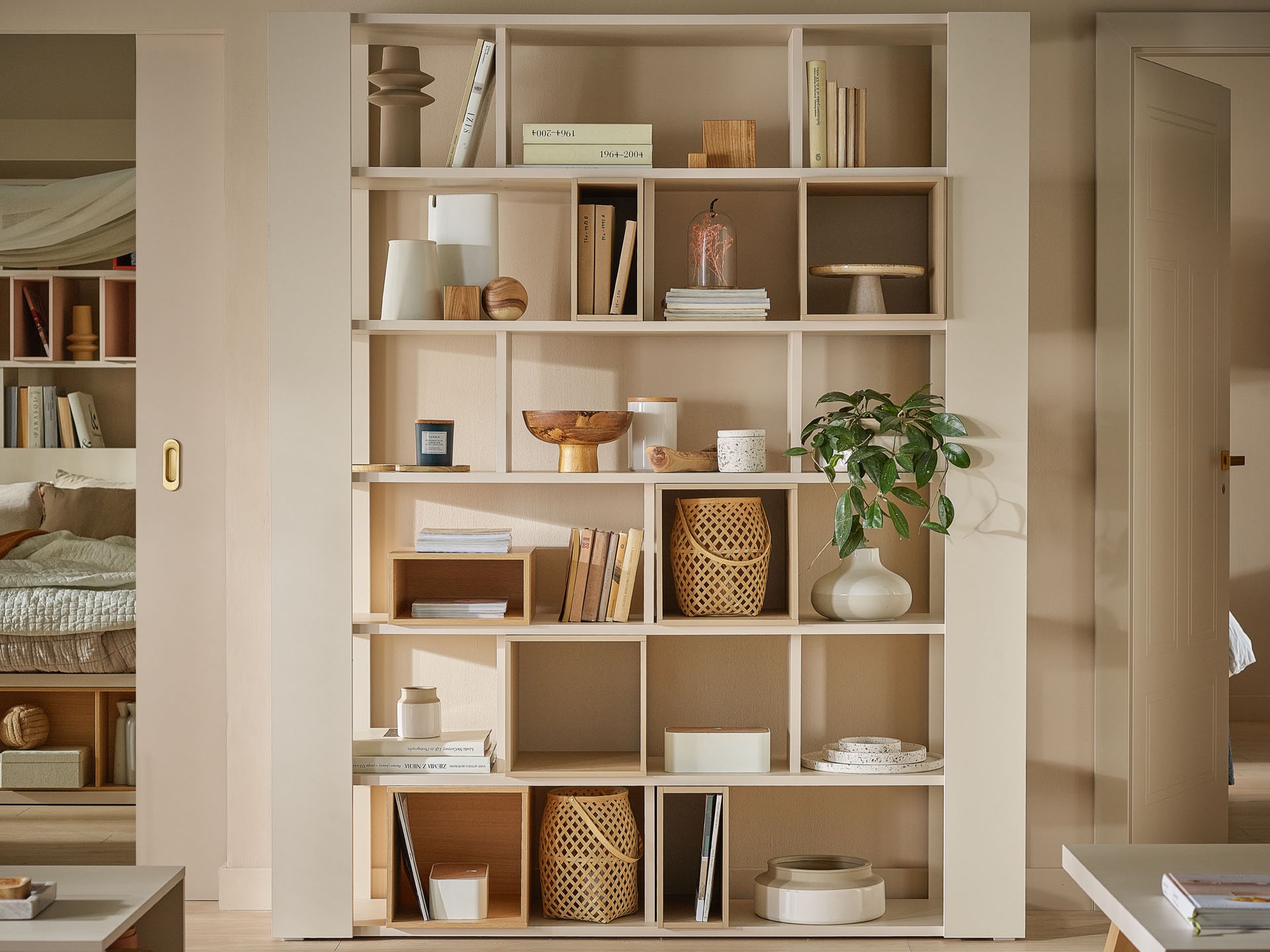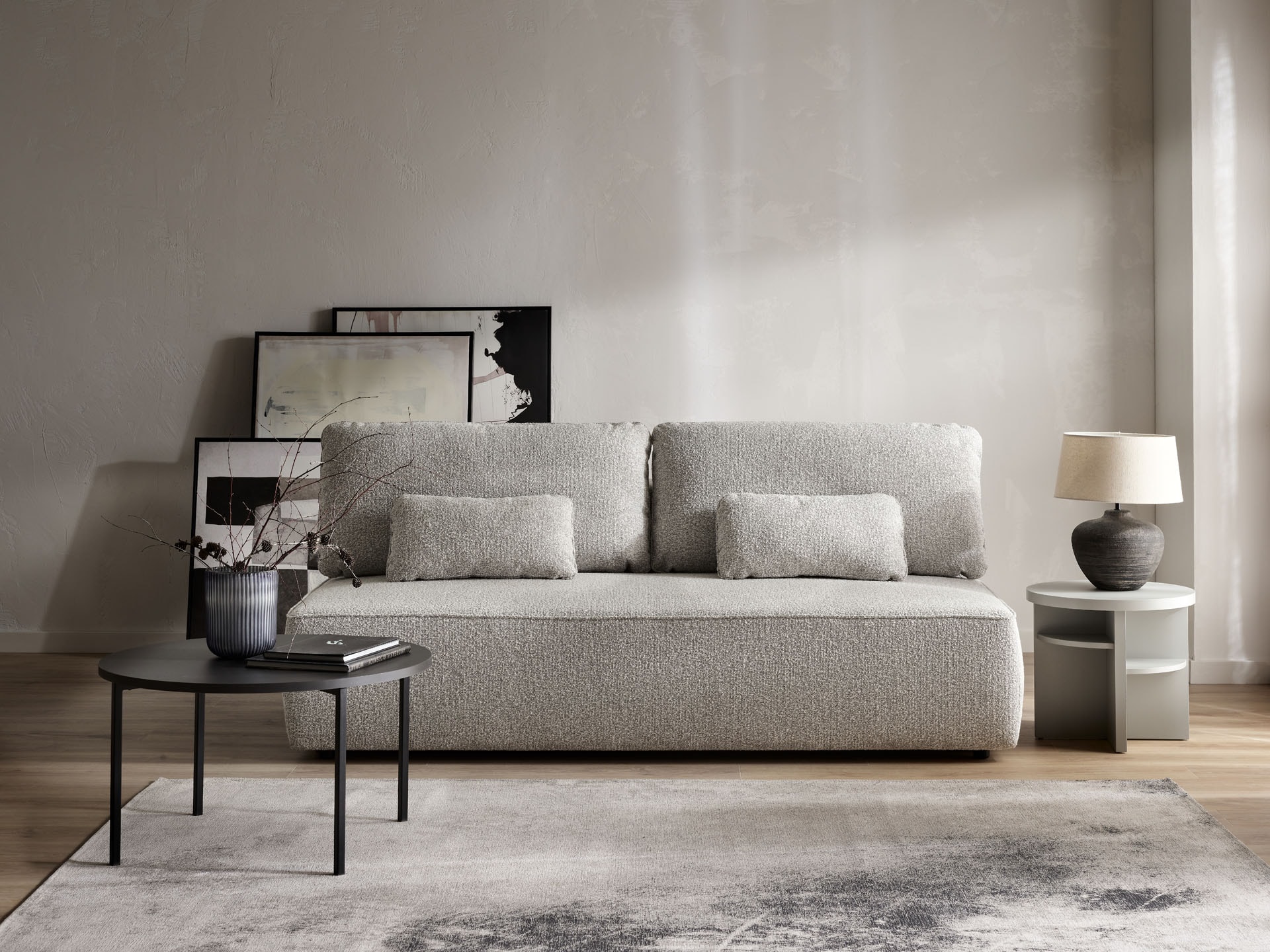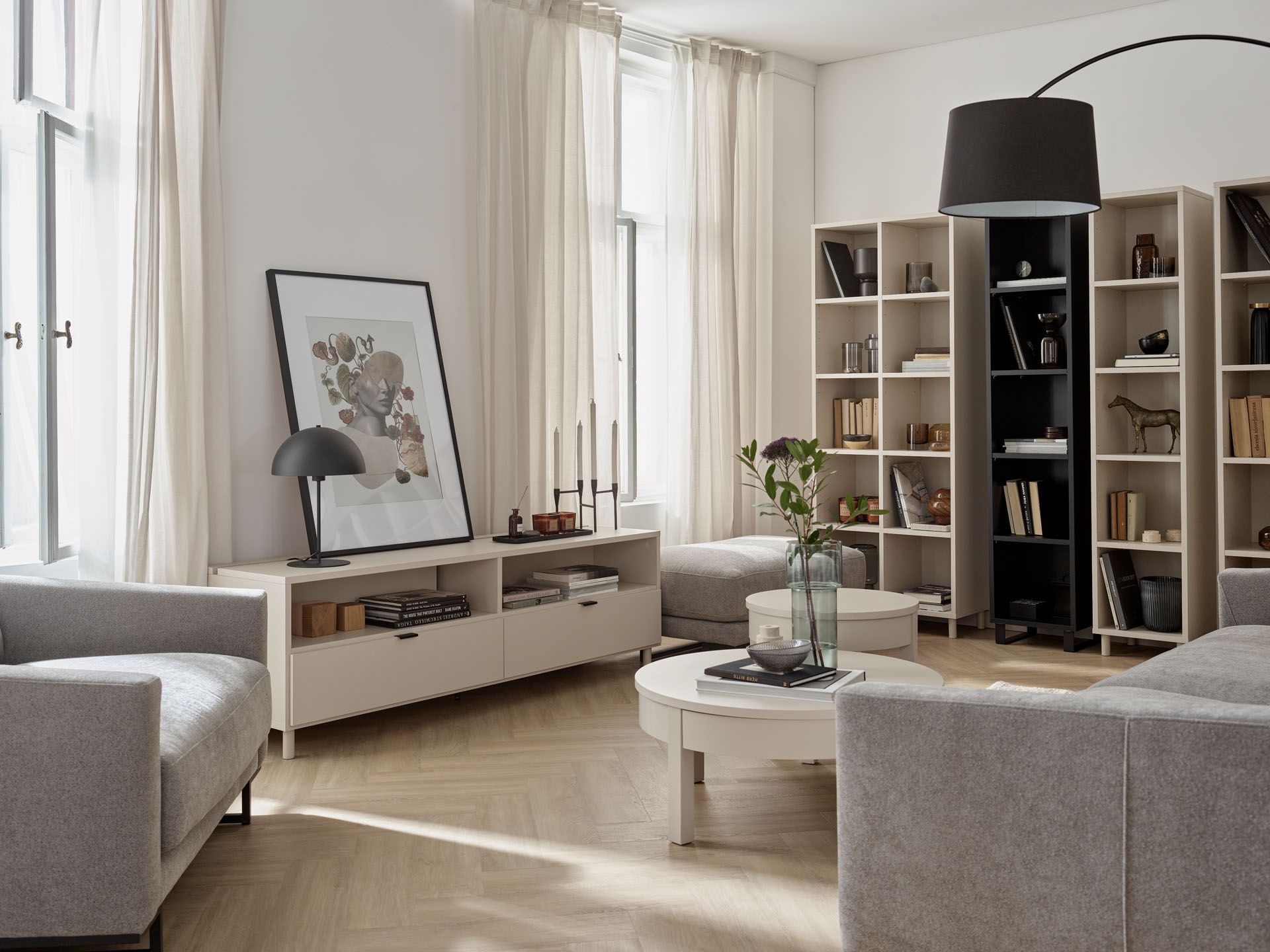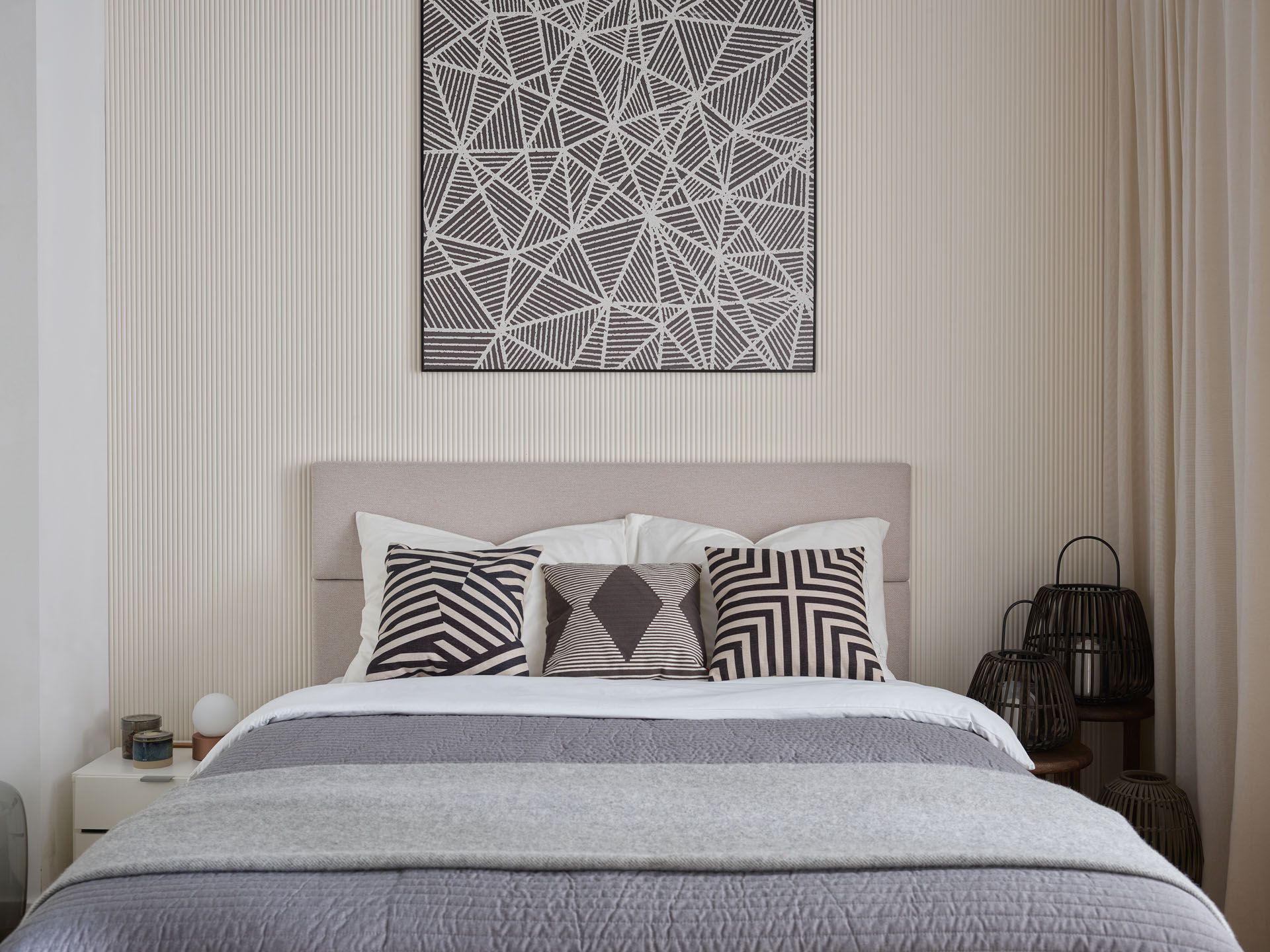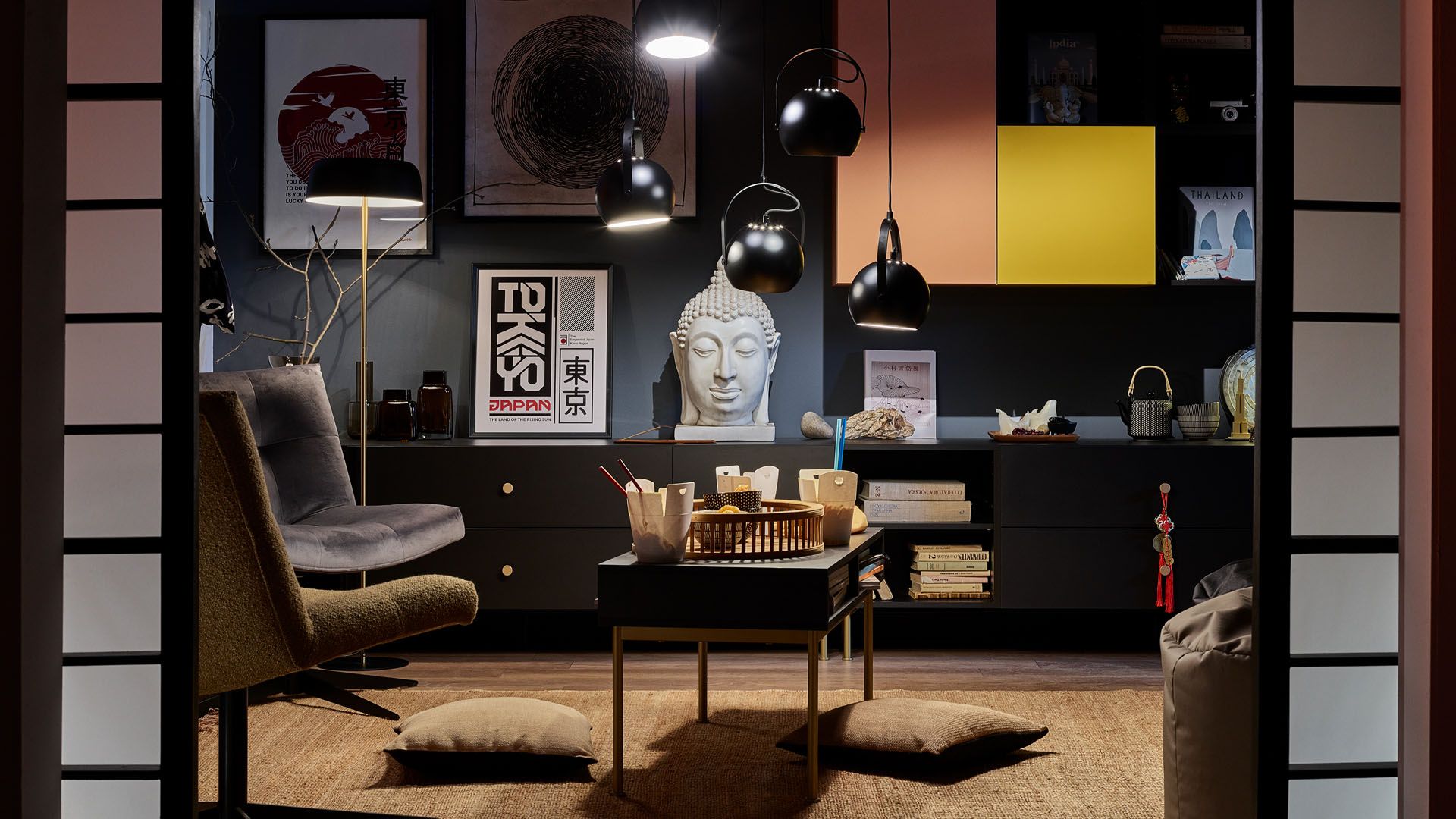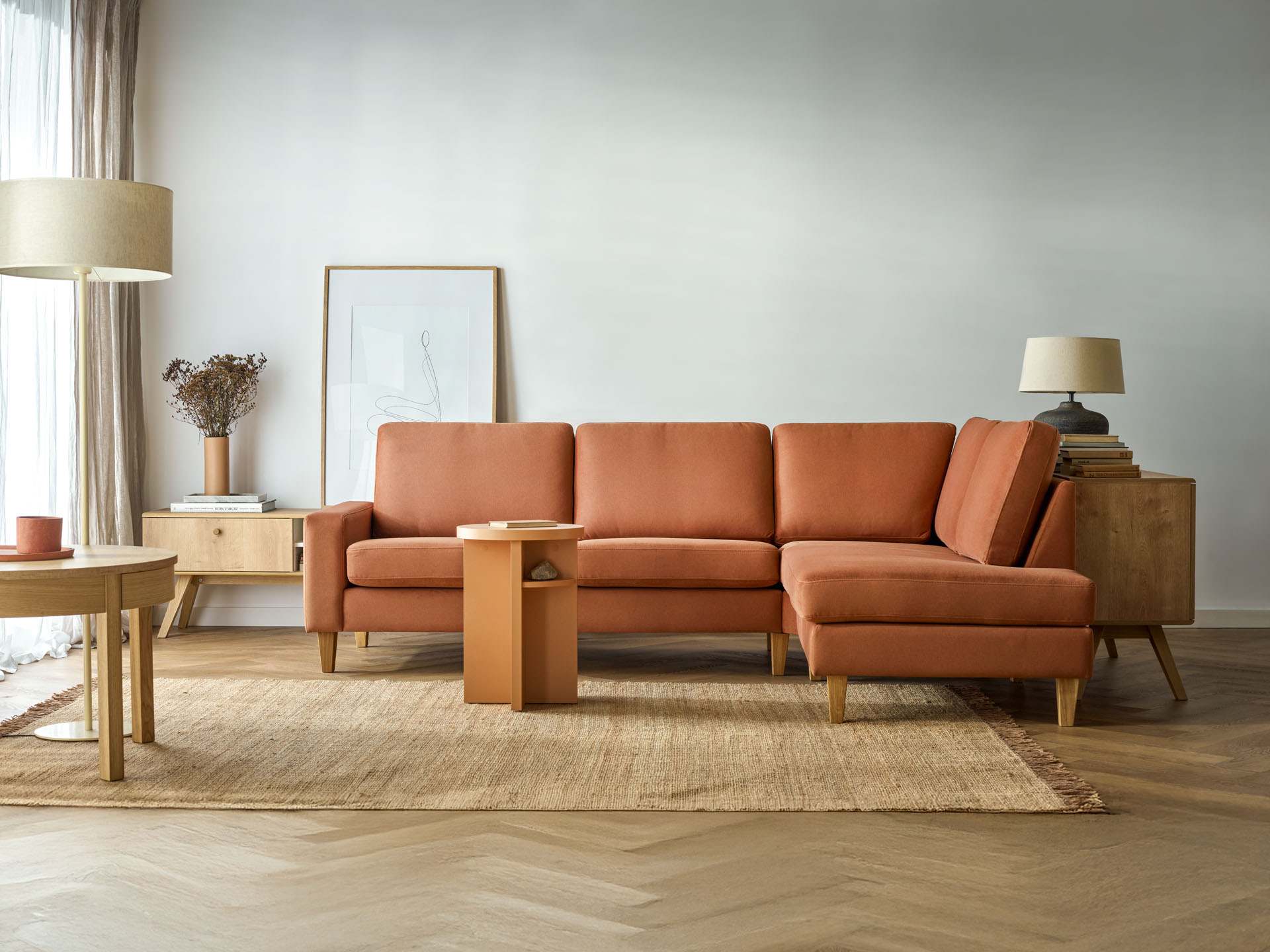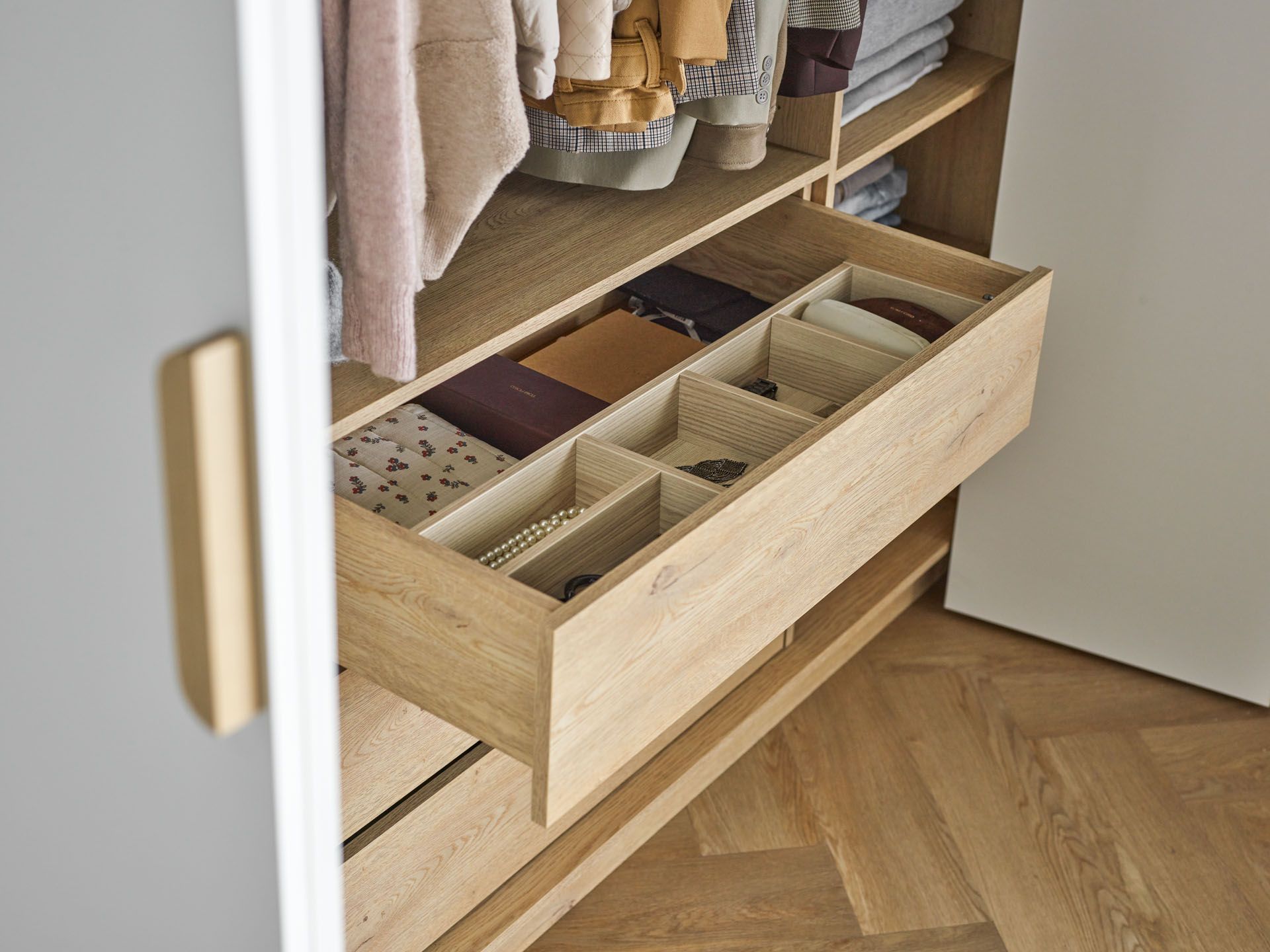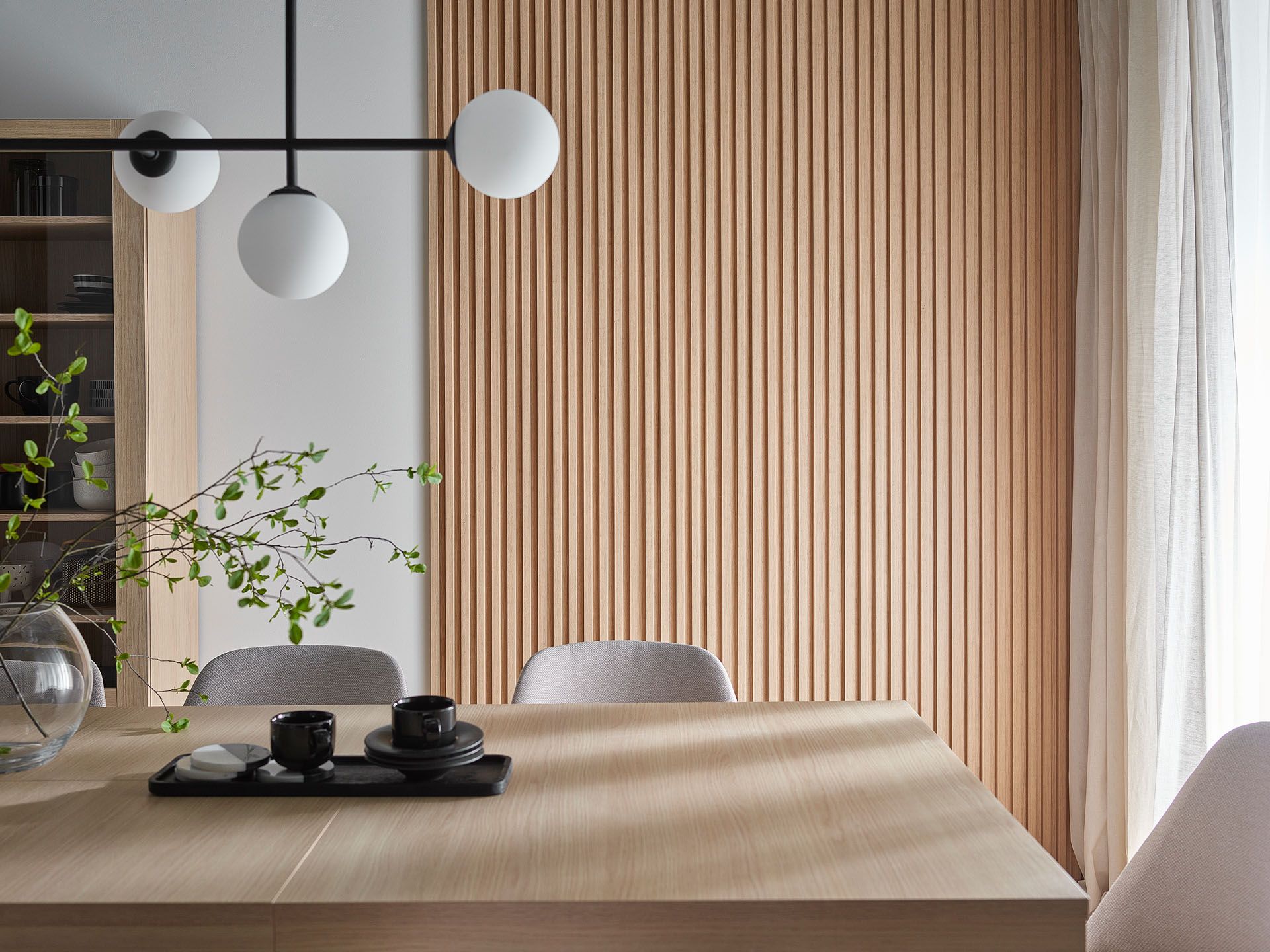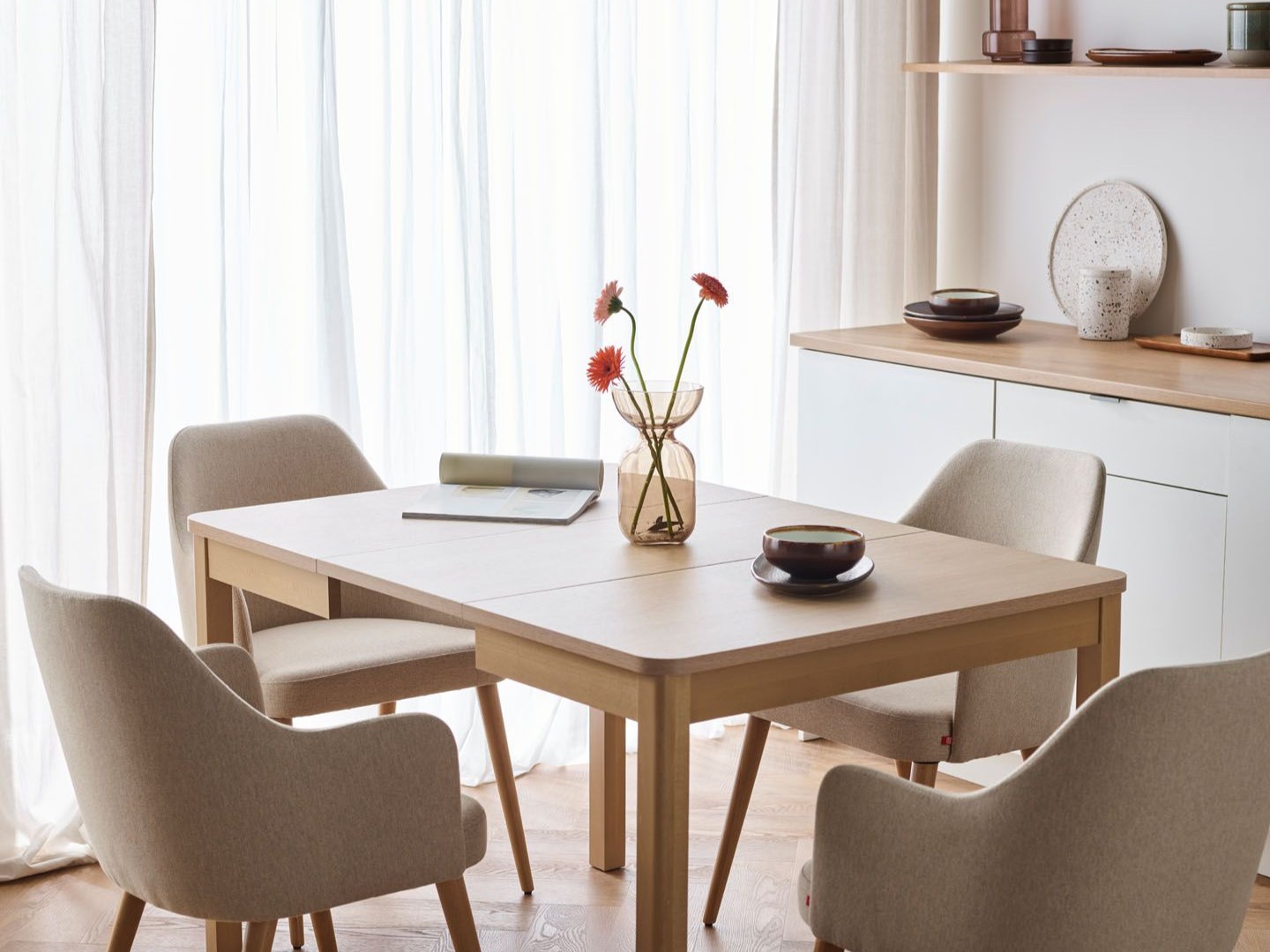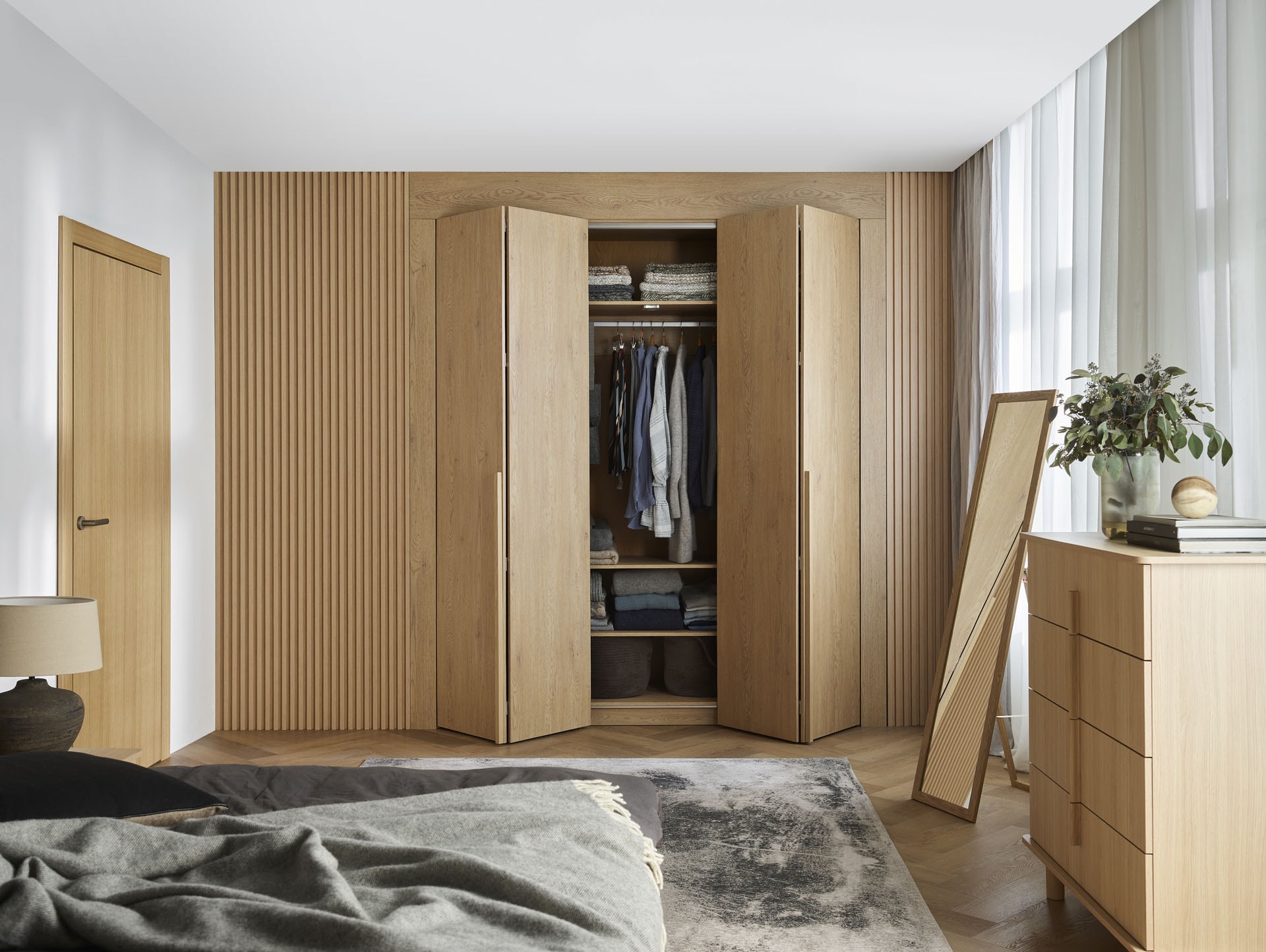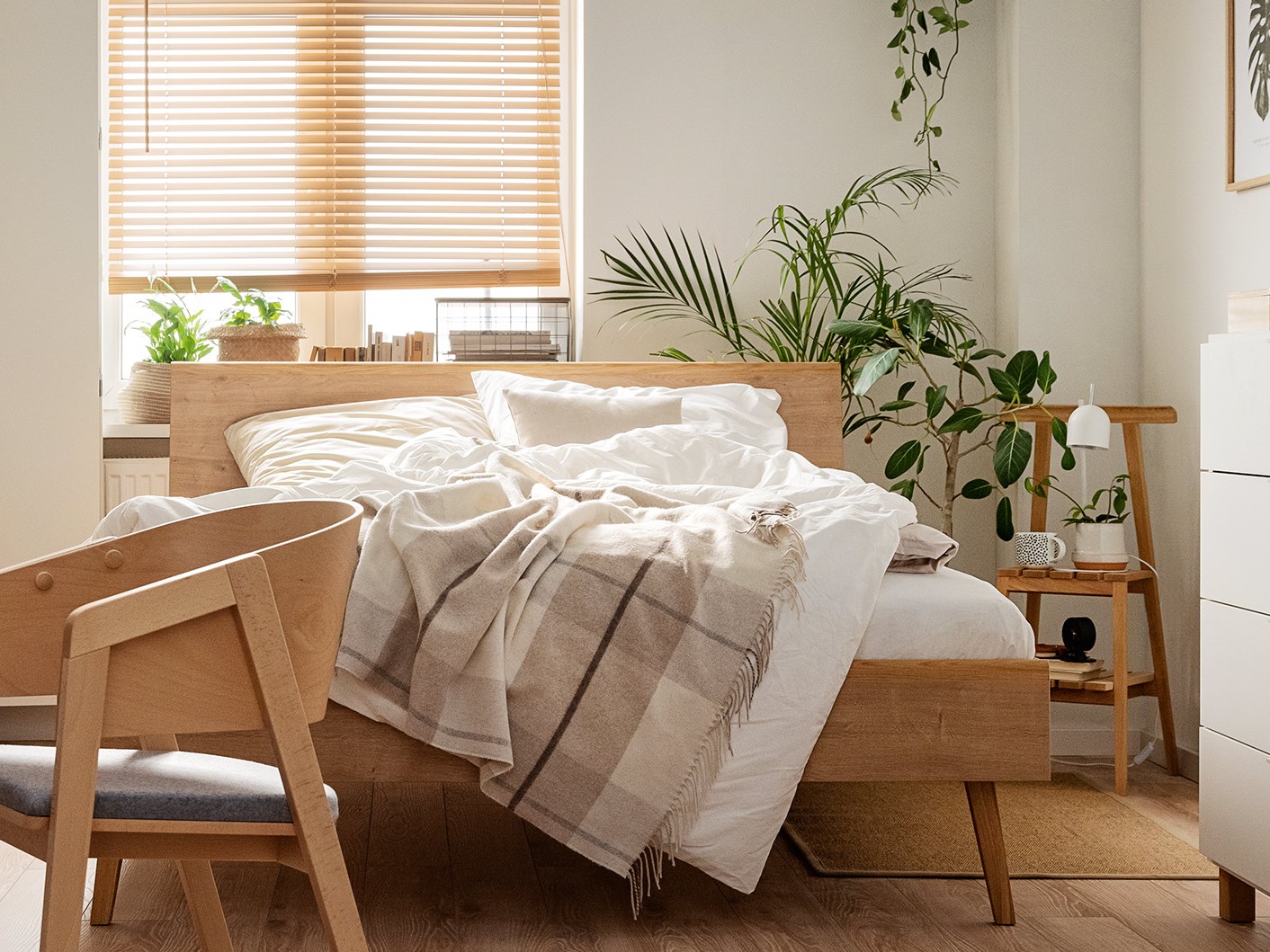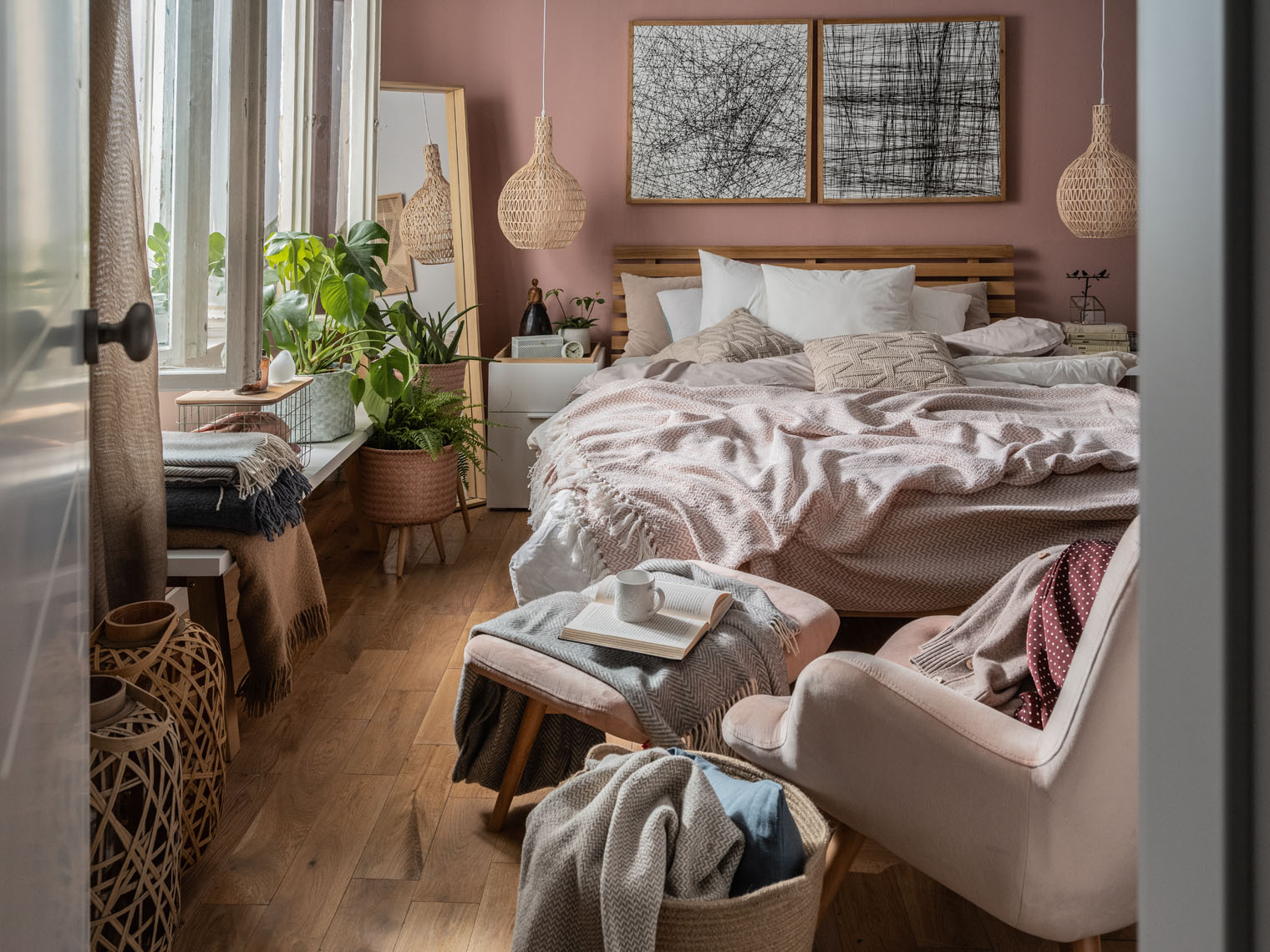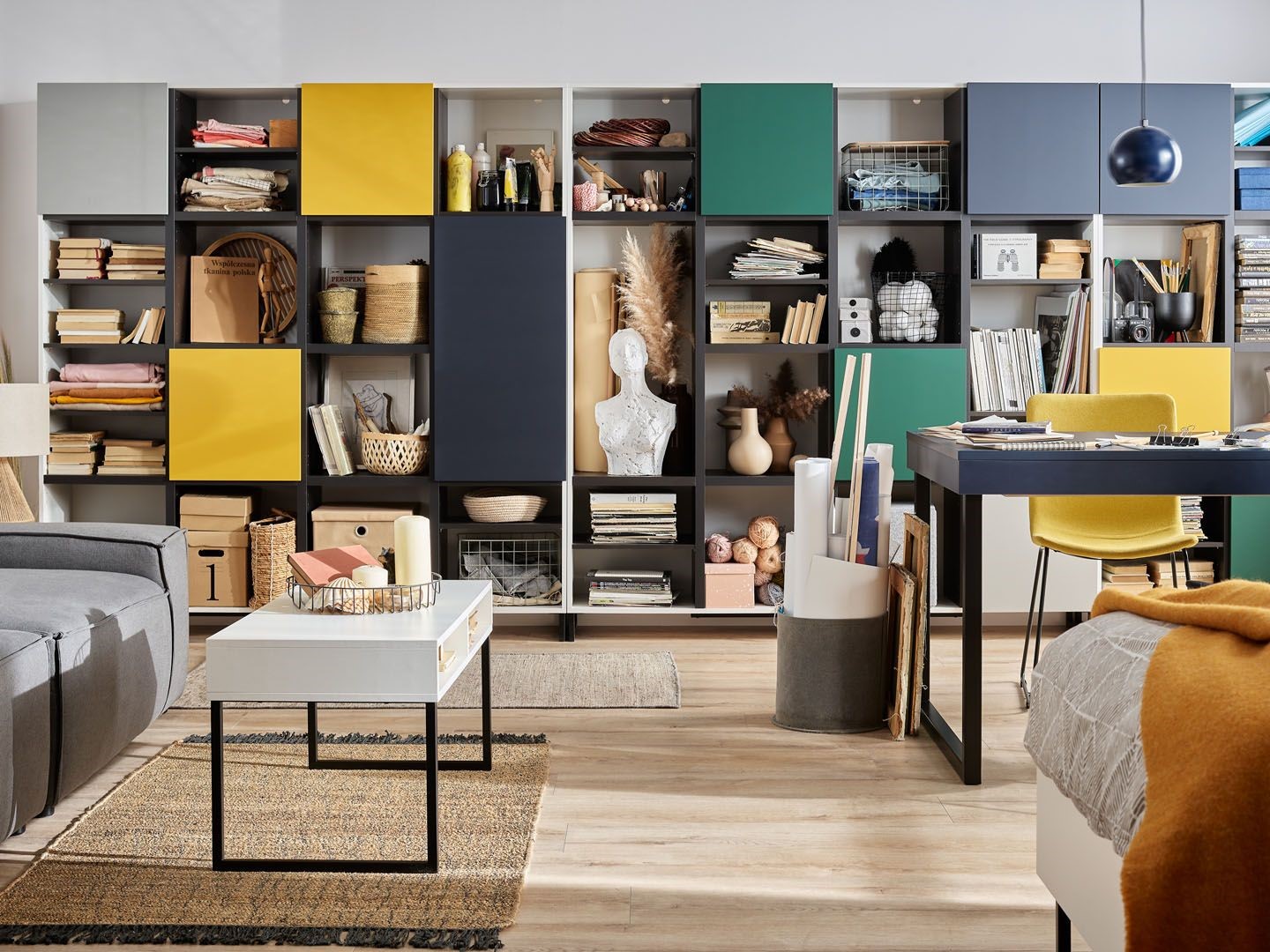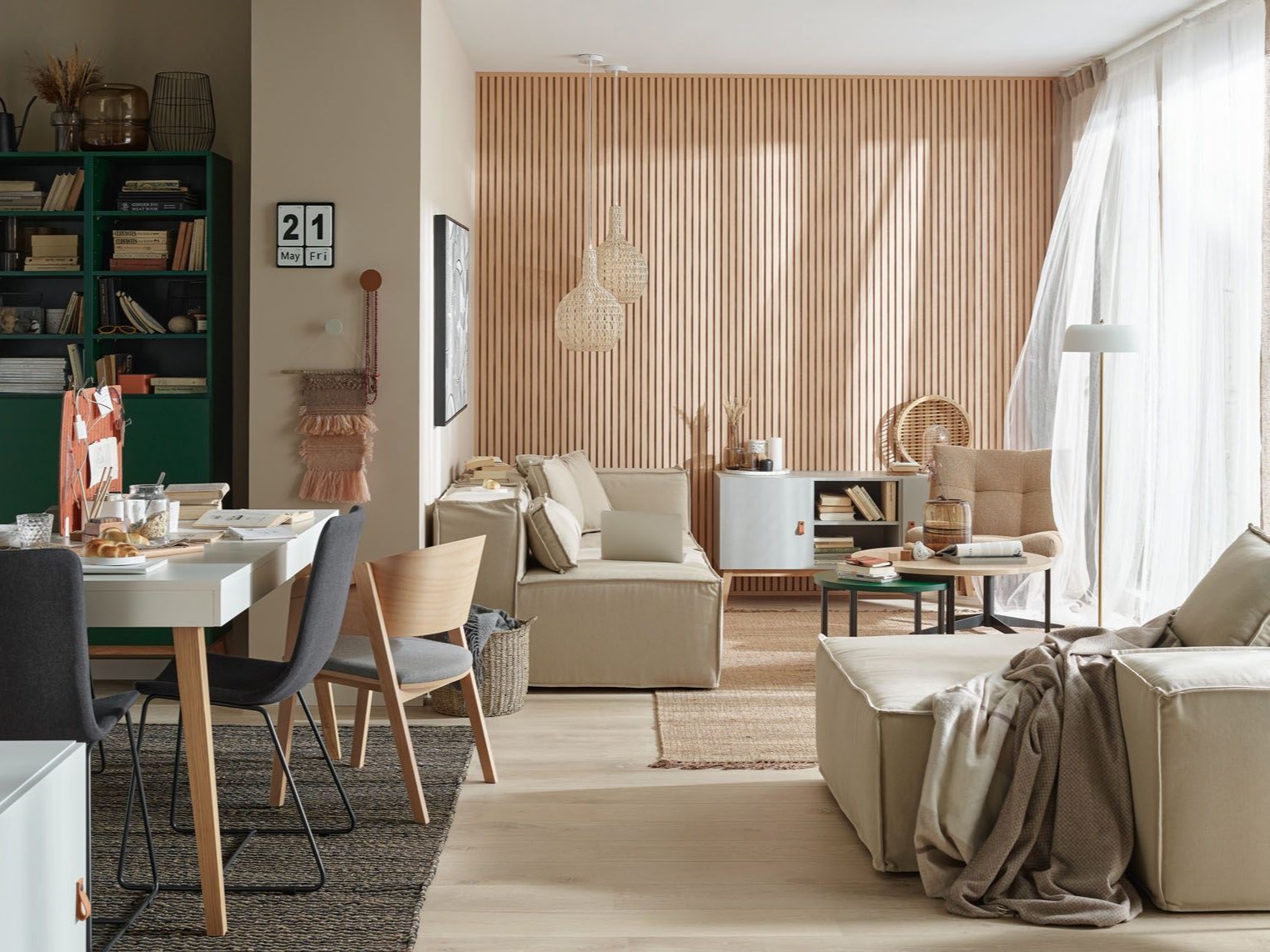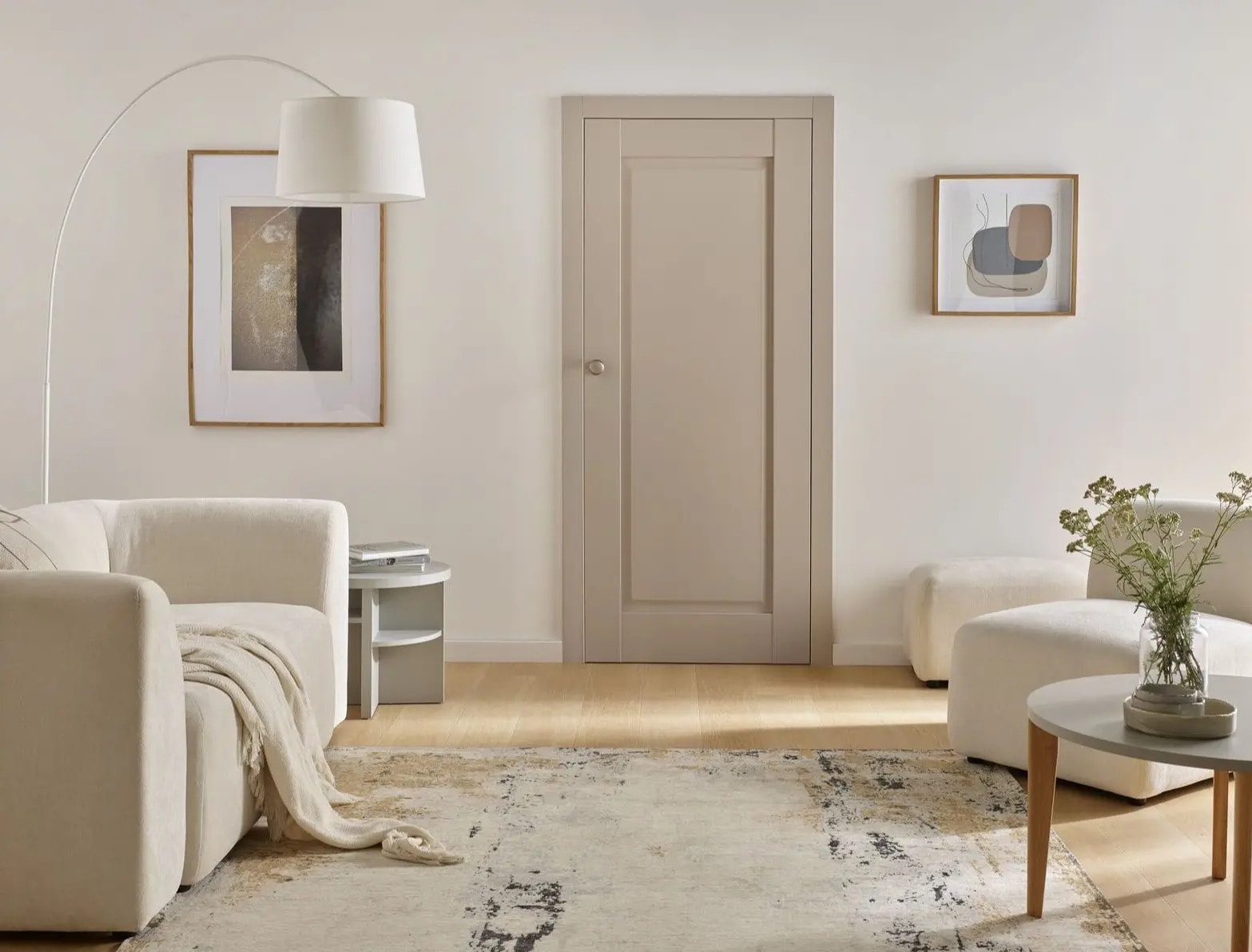Fern at home ideal for beginner gardeners
The house fern is the ideal plant for beginner gardeners. It will become not only a striking interior decoration, but also a natural companion in the fight for clean air.
Over the years, the fern has earned itself a permanent place in Polish homes and flats. Its characteristic, heavily crimped leaves will become a striking decoration for any interior - even one in which hardly any greenery feels comfortable due to the lack of light. But the advantages do not end there, as the fern is also effective in dealing with radiation and toxins present in the home microclimate.
Which fern species are best suited to the home? How do I ensure that the decorative plumes remain eye-catching in their luscious green colour for a long time? Which decorative ideas can enhance their charm?
FERN IN INTERIORS - MAKING A BIG COMEBACK
Many of us associate ferns primarily with the times of the People's Republic of Poland. At that time, the characteristic plant was almost ubiquitous: it decorated the interiors of flats, offices, school corridors and even doctors' surgeries. It was also a popular gift, given, for example, at housewarmings.
Perhaps it was these associations that caused the fern to recede into the background for a while, giving way in our homes to more unusual, exotic potted plants that were previously difficult to find. Now, however, the fern is making a spectacular comeback.
No wonder: the fern in the home is not only extremely striking, but also relatively easy to care for. It is the ideal plant for those who want to start their adventure with green pets. The majority of fern varieties do not require any special care or complicated maintenance - although it should be remembered that there are also some which can be extremely capricious.
The fern is also useful in the home because of its properties. It will effectively filter the air and neutralise harmful compounds present in it - mainly xylene derivatives and formaldehyde. In addition, it will absorb some of the radiation emitted by household appliances. By inviting the charming fern into our interiors, we will make our four corners of the house not only more pleasant, but also healthier.
WHICH FERN SPECIES CAN GROW IN THE HOUSE?
COMMON FERN
This is one of the most common varieties that grows in the forests of Europe, North America and Asia. A perennial plant with winter-hardy, hardy leaves, it reaches a maximum height of up to 60 cm. It feels best in semi-shaded positions, so in the forest it often grows hidden under the treetops.
At home, the common fern prefers moderately moist soil and air. If given the right conditions, it will return the favor with a spectacular plume of luscious green feathery leaves. It is not a demanding plant, so it will do well even in the homes of beginner gardeners. If you wish, you can also put it outside - it tolerates low temperatures well, so it can be used as an ornamental on a balcony, terrace or garden.
TALL NEPHROLEPIS
There is a good chance that at the thought of a fern, most of us picture just a nephrolepis. It is the second most popular fern variety that is commonly found in homes and public spaces. Of the many species, it is nephrolepis that is most effective in neutralising the effects of toxins present in the air.
Although nephrolepis is not difficult to grow, it does have certain requirements - it does not like dry air and direct exposure to sunlight. It feels best in partial shade or in positions with plenty of diffused light. It loves moisture, so if you want to invite this fern species into your home, remember to water and spray the leaves regularly.
ROUND-LEAVED DARKFLOWER
A striking variety that impresses with its characteristic oval leaves growing on both sides of the stem. It reaches a height of up to 30 cm. It is extremely resistant to dry air and light - it can even withstand direct sunlight, so it will do well in any home.
Darkflower does best at a temperature of 23-25 °C. It likes moderate moisture, so make sure not to water it too often - once a week is sufficient. Excess water can cause yellowing of the leaves and wilting of the plant.
ADIANTUM (NON-CROCUS)
A very delicate variety that looks really charming: it looks a bit like a cross between a classic fern and kitchen herbs. It grows very quickly, reaching a maximum height of 40 cm.
It is one of the more demanding fern species: it is extremely sensitive to changes in environment and intense light. The fern prefers high soil moisture and a northern position, and will also appreciate daily sprinkling.
CARE AND WATERING OF THE FERN
Once you have chosen a suitable fern for your home, try to provide it with a suitable substrate. A slightly acidic soil is best (pH between 5-6). A fertile and permeable humus substrate will provide good growing conditions for the fern. A multi-ingredient fertiliser will also be useful to provide the plant with the necessary mineral nutrients.
However, watering is by far the most important part of fern care. The soil in the pot should be constantly moist. However, remember not to overwater your fern - standing water in the pot can have a disastrous effect on the roots. Adapt the frequency of watering to the species concerned and regularly check with your finger that the soil is still moist.
The fern loves moisture, so care should also include regular sprinkling of the leaves. It is best to do this daily or use humidifiers to help maintain a constant level of moisture in the room.
IDEAS FOR FERNS IN INTERIORS
The fern is a plant that encourages design experimentation. After all, we need to find a place for it where it is not exposed to direct sunlight, which can burn its leaves. So it is better not to place it on a windowsill - except on north-facing windows, which get very little light during the day.
At home, ferns feel best in warm rooms, at a temperature in the range of 18 to 25 degrees (and 15 to 18 degrees in winter). Also try not to expose the plant to draughts or direct proximity to heat sources. If placed next to a radiator, the fern will quickly yellow and wither.
The plant will look great in a focal point of the living room. It can, for example, stand on a bookcase dividing the space of a multifunctional living and dining room, decorate a spacious table or emphasise the character of a quiet corner for working.
It will also be ideal in the hallway, which often does not get any sunlight at all. It can greet visitors from a chest of drawers or small decorative shelves hung on the walls. We can also hang ferns in the house in warming jute rope covers - even a few plants hung at different heights are enough to create the effect of a dense, domestic jungle.
Green plumes of ferns can also decorate the bedroom, even if it is dark and soothing for most of the day. Pots of plants can be placed on the windowsill, by the window or right next to the bed - then a flood of greenery will greet you every morning.




